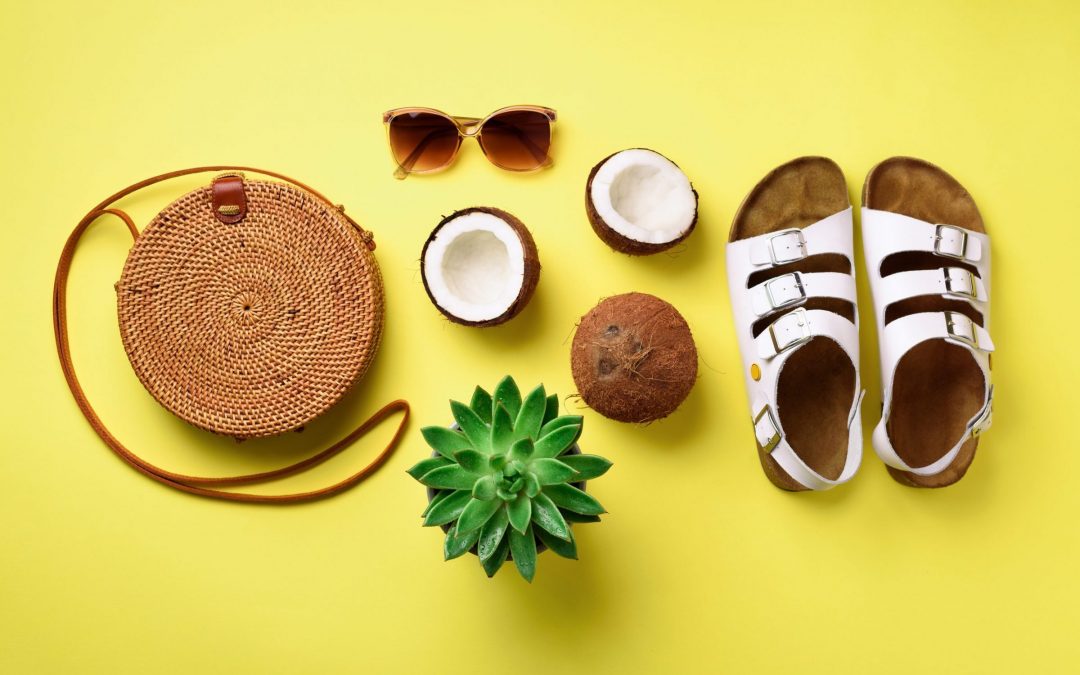I don’t have a high degree of attachment to most of my things.
I do, however, frequently have an attachment to the function those things perform.
This post is about my Birkenstock sandals. Okay, I know it’s kind of cliche. And no, I’m not being paid by Birkenstock. There are no affiliate links here. But I didn’t arrive at owning a pair of Birkenstocks because other people had them.
I arrived at the decision to get a pair because I wear sandals almost exclusively.I used to churn through sandals like you wouldn’t believe, because most sandals I found were missing at least one feature that I considered essential.
Put simply, I need a sandal to:
- Be durable. I wear sandals all the time, for at least eleven months out of the year (yes, including winter – until the snow is high enough that I have to wear something that covers my foot more.) You’d be amazed at how non-durable most sandals are if you wear them all the time.
- Be Reasonably Priced. I hate $100+ sandals – more particularly, I hate replacing $100+ sandals.
- Have A Heel Strap. It’s hard to run in flip-flops. I need something to make sure the sandal stays on my foot if I suddenly need to move quickly.
- Be Comfortable. Again, I wear sandals all the time. If it’s not comfortable, I don’t want it on my feet day-in and day-out!
As a pure value consideration, Birkenstocks fit the bill.
Now…I can just hear some of you. “Most of that makes sense, but wait a minute – how are Birkenstocks reasonably priced?” It’s a fair question – after all, they’re $120 sandals. Here’s the answer:
They’re not.
Well, at least, not initially. But they meet all the other criteria (comfortable, durable, heel strap), and they have a feature that most other sandals don’t have:
They’re repairable.
If you’ve ever seen a pair of Birks, you’ll know they’re pretty simple. There’s only three real parts – a leather upper, a cork footbed, and a rubber sole.
The rubber sole can be replaced. The cork footbed can be repaired or replaced. The leather upper can be repaired if the damage is minor. And honestly, if I had the inclination and a little bit of know-how, I could probably do all of the repairs myself.
This adds up to less trips to the store, less packaging (as I’m only replacing or repairing one part at a time), less waste (since only the worn part gets thrown out), and saves a substantial amount of money over buying a whole new sandal.
What could be better?
Best of all, the local shoe repair shop here where I live gives a substantial discount on repair if you bought the sandals from them to begin with. With discount, I can get either part of the sandal (footbed or rubber sole) replaced for about $25 per pair – which is close to the cost of a reasonably-stylish alternative sandal.
I like my Birks. They’re no-nonsense, comfortable, durable footwear, and they’re a fantastic example of the “own one nice item rather than twenty mediocre items” principle. They are quite literally the only footwear item I wear as a general rule.
Like I said in the beginning, I don’t usually develop an attachment to most of my things – but I love things that perform their function well. And when you have beautiful, useful, functional stuff, that means you need less of it – which helps to keep the ever-present clutter monster at bay.

